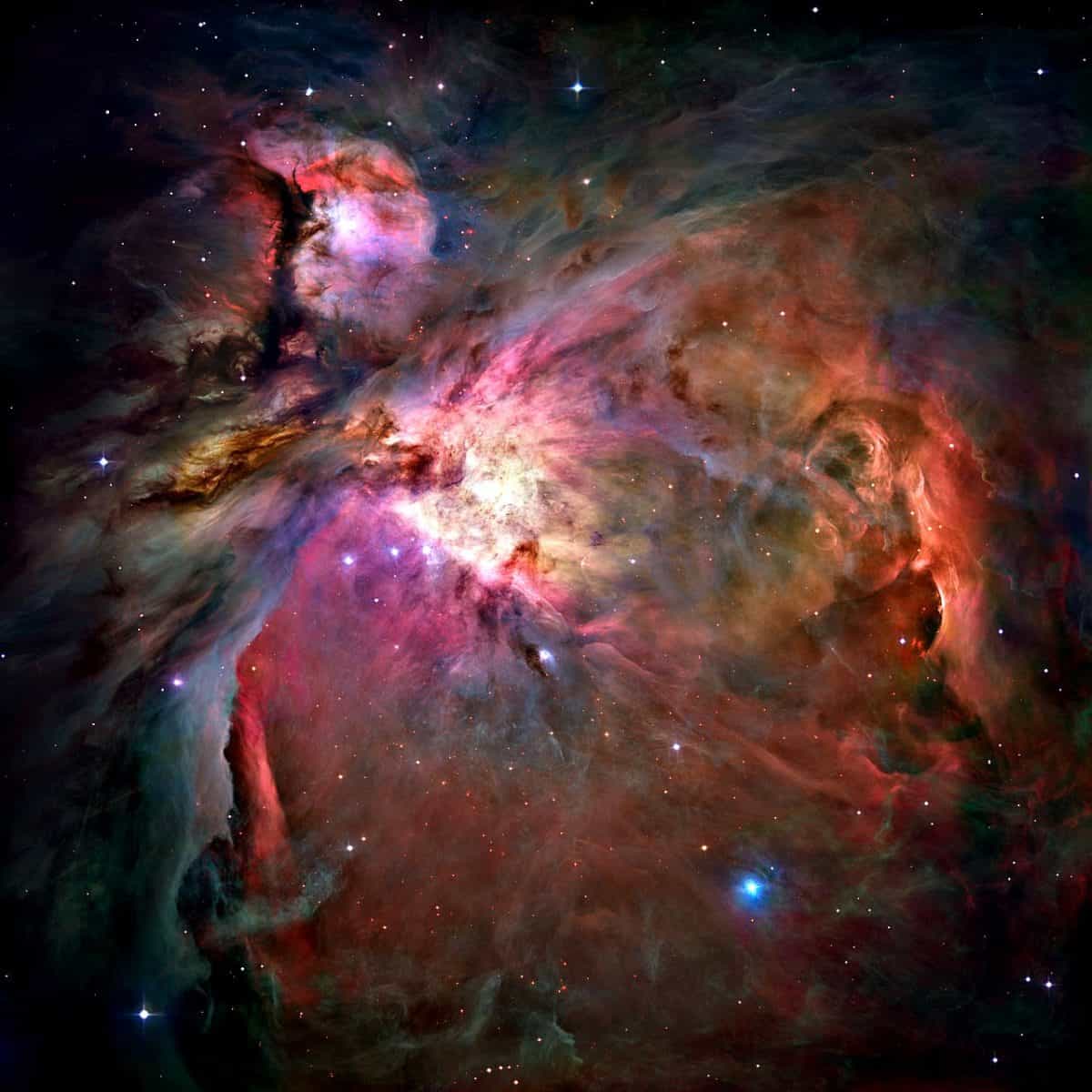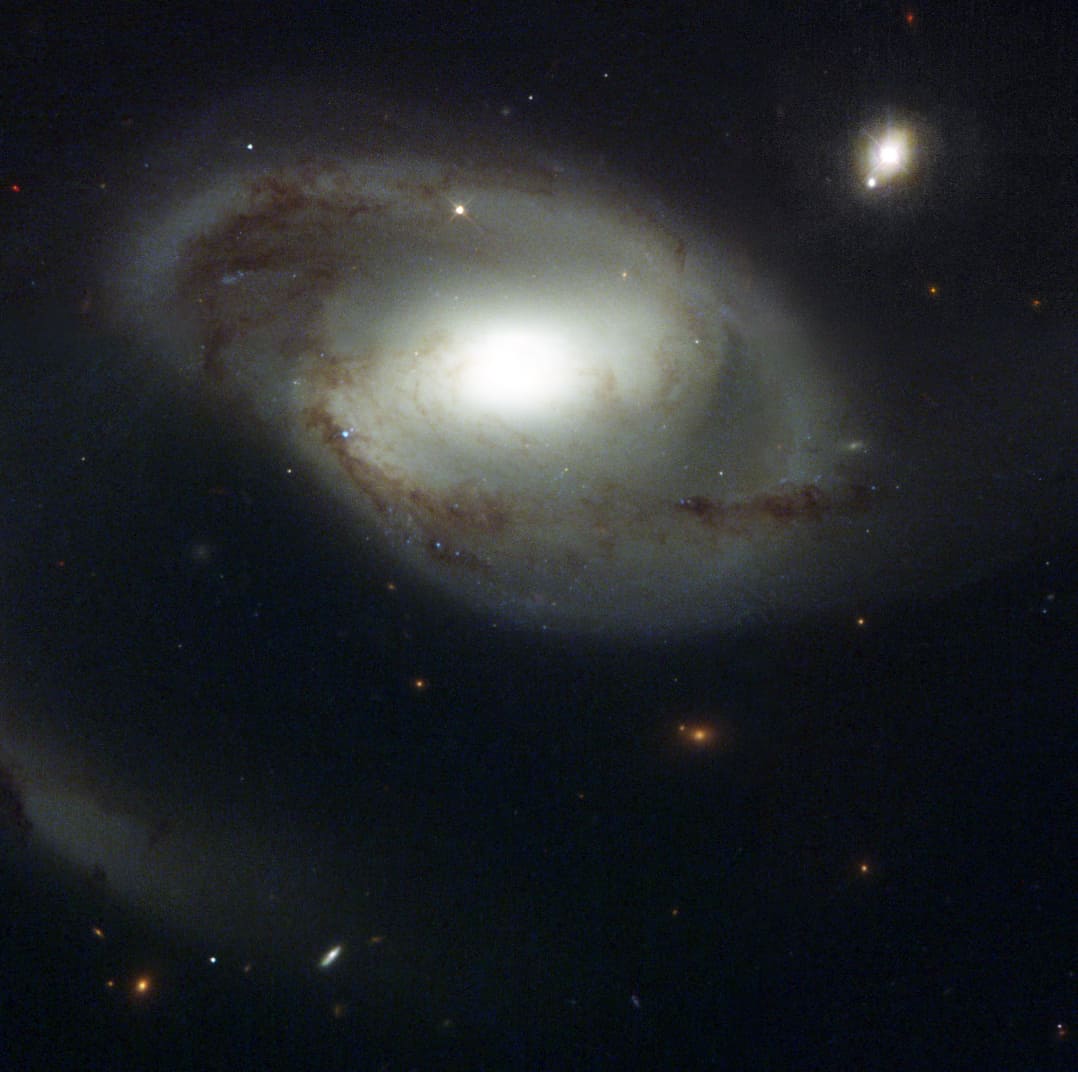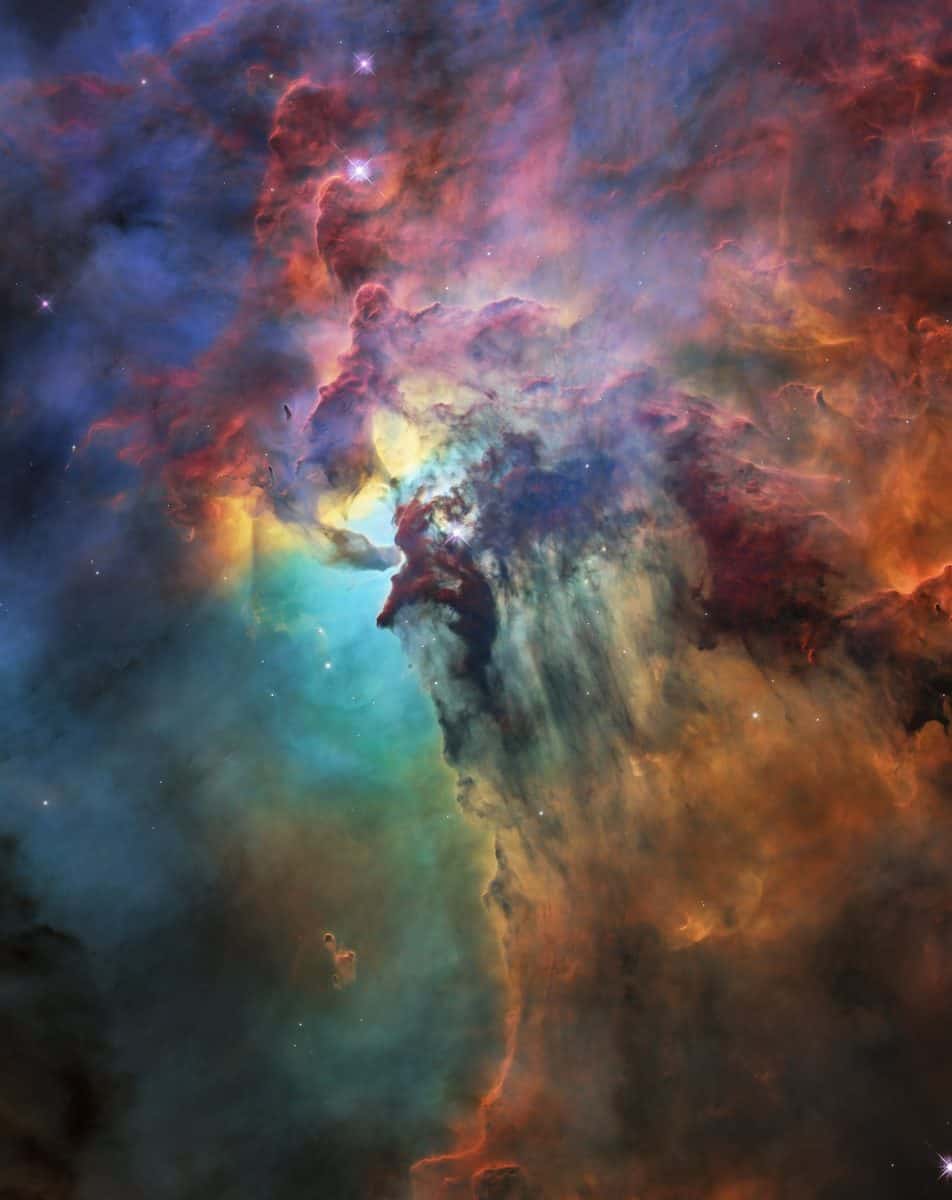Charles Edward “Cow Cow” Davenport (April 23, 1894 – December 3, 1955) was an American boogie-woogie and piano blues player as well as a vaudeville entertainer. He also played the organ and sang.
He was born in Anniston, Alabama, one of eight children. Davenport started playing the piano at age 12. His father objected strongly to his musical aspirations and sent him to a theological seminary, where he was expelled for playing ragtime.
Davenport’s career began in the 1920s when he joined Banhoof’s Traveling Carnival, a medicine show. His first fame came as accompanist to blues musicians Dora Carr and Ivy Smith. Davenport and Carr performed as a vaudeville act as Davenport & Co, and he performed with Smith as the “Chicago Steppers”. He also performed with Tampa Red. Davenport recorded for many record labels, and was a talent scout and artist for Vocalion Records. Davenport suffered a stroke in 1938 and lost movement in his hands. He was washing dishes when he was found by the jazzpianist Art Hodes. Hodes assisted in his rehabilitation and helped him find new recording contracts.
see full post...Born in San José, Costa Rica, on October 4, 1961, Obregón began playing piano at the age of seven. After graduating from the University of Costa Rica Conservatory, he went on to study at the Real Conservatorio Superior de Música de Madrid; in Barcelona, Spain; and at the Swiss Jazz School in Berne, Switzerland.
see full post...
Walk Away From Love
see full post...Paul Laurence Dunbar Chambers, Jr. (April 22, 1935 – January 4, 1969) was a jazz double bassist. A fixture of rhythm sections during the 1950s and 1960s, his importance in the development of jazz bass can be measured not only by the length and breadth of his work in this short period, but also by his impeccable time and intonation, and virtuosic improvisations. He was also known for his bowed solos.[2][3] Chambers recorded some dozen albums as a leader or co-leader, and prolifically as a sideman notably as the anchor of trumpeter Miles Davis‘s “first great quintet” (1955–63) and with pianist Wynton Kelly (1963–68).
Born in Pittsburgh, Pennsylvania on April 22, 1935, to Paul Lawrence Chambers and Margaret Echos. He was raised in Detroit, Michigan following the death of his mother. He began playing music with several of his schoolmates; the baritone horn was his first instrument. Later he took up the tuba. “I got along pretty well, but it’s quite a job to carry it around in those long parades, and I didn’t like the instrument that much”. Chambers became a string bassist around 1949. His formal bass training got going in earnest in 1952, when he began taking lessons with a bassist in the Detroit Symphony Orchestra. Chambers did some classical work himself, with a group called the Detroit String Band that was, in effect, a rehearsal symphony orchestra. Studying at Cass Technical High School off and on from 1952 to 1955, he played in Cass’ own symphony, and in various other student groups, one of which had him playing baritone saxophone. By the time he left for New York City at the invitation of tenor saxophonist Paul Quinichette, he had absorbed a working knowledge of many instruments.
https://www.youtube.com/watch?v=avVuvLhs0u0
see full post...Charles Mingus Jr. (April 22, 1922 – January 5, 1979) was an American jazz double bassist, pianist, composer and bandleader. His compositions retained the hot and soulful feel of hard bop, drawing heavily from black gospel music and blues, while sometimes containing elements of Third Stream, free jazz, and classical music. He once cited Duke Ellington and church as his main influences.
Mingus espoused collective improvisation, similar to the old New Orleans jazz parades, paying particular attention to how each band member interacted with the group as a whole. In creating his bands, he looked not only at the skills of the available musicians, but also their personalities. Many musicians passed through his bands and later went on to impressive careers. He recruited talented and sometimes little-known artists, whom he utilized to assemble unconventional instrumental configurations. As a performer, Mingus was a pioneer in double bass technique, widely recognized as one of the instrument’s most proficient players.
Charles Mingus was born in Nogales, Arizona. His father, Charles Mingus Sr., was a sergeant in the U.S. Army.[8] Mingus was largely raised in the Watts area of Los Angeles. His maternal grandfather was a Chinese British subject from Hong Kong, and his maternal grandmother was an African-American from the southern United States. Mingus was the third great-grandson of the family’s founding patriarch who was, by most accounts, a German immigrant. His ancestors included German American, African American, Native American.
https://www.youtube.com/watch?v=zFA0FYQo0Gg
see full post...
Cándido de Guerra Camero (born April 22, 1921), also known simply as Cándido, is a prolific Cuban conga and bongo player. He also plays the tres, drums, and acoustic bass. He has worked in many genres of popular music from pop, rock, R&B and disco to Afro-Cuban dance music and Latin jazz. He is the first player to develop techniques to play multiple conga drums, coordinated independence and the use of multiple percussion, one player playing a variety of percussion instruments simultaneously.
Early in his career, Camero recorded in his native Cuba with many of the early pioneers of the son movement as well as being the conga drummer for the Tropicana night club in Havana for eight years. He first appeared in NYC in the musical review, Tidbits, at the Plymouth Theater on Broadway in 1946 backing up the Cuban dance team of Carmen and Rolando. In 1948 he made his first U.S. recording with Machito and His Afro-Cubans on the tune, “El Rey Del Mambo.” as well as working with Dizzy Gillespie. During 1953–54, he was in the Billy Taylor Trio and in 1954 he performed and recorded with Stan Kenton.
see full post...The Croatian Radiotelevision Tamburitza Orchestra is a unique instrumental ensemble founded in 1941 as a professional orchestra of Zagreb Radio. Since its founding, the orchestra has presented traditional Croatian music on Croatian Radio and Television, as well as at many concerts and festivals throughout Europe and has exhibited great care for the folk tradition.
see full post...With Prince Jammy, Crucial Bunny – Bitter Blood
see full post...NGC 4319 is a face-on barred spiral galaxy located about 77 million light years away in the constellation Draco. The morphological classification is SB(r)ab, which indicates it is a barred spiral with an inner ring structure and moderate to tightly wound arms. It is situated in physical proximity to the galaxies NGC 4291 and NGC 4386, with X-ray emissions from the intervening gap indicating NGC 4319 and NGC 4291 may be interacting. NGC 4319 has a much higher proportion of ionized hydrogen compared to the Milky Way galaxy.
In 1971, American astronomer Halton Arp noted what appeared to be a physical connection between NGC 4319 and Markarian 205, a quasi-stellar object with a much higher redshift. He suggested that if Markarian 205 is not an accidentally projected background object, then it may instead have been ejected from the nucleus of this galaxy. The discovery of an apparent luminous connection between the two created a storm of controversy as astronomers sought to refute the assertion and provide other explanations. The matter was effectively settled when observations using the Hubble Space Telescope showed that the light from Markarian 205 was passing through the disk and halo of NGC 4319 to reach the observer, placing Markarian 205 behind this galaxy and thus further away.
see full post...
Locksley Wellington “Slide” Hampton (born April 21, 1932) is an American jazz trombonist, composer and arranger. Described by critics as a master composer, arranger and uniquely gifted trombone player, Hampton’s career is among the most distinguished in jazz. As his nickname implies, Hampton’s main instrument is slide trombone, but he also occasionally plays tuba and flugelhorn.
Slide Hampton was born in Jeannette, Pennsylvania. Laura and Clarke “Deacon” Hampton raised 12 children, taught them how to play musical instruments and set out with them as a family band. The family first came to Indianapolis in 1938. The Hamptons were a very musical family in which mother, father, eight brothers, and four sisters, all played instruments. His sisters included Dawn Hampton and Virtue Hampton Whitted. Slide Hampton is one of the few left-handed trombone players. As a child, Hampton was given the trombone set up to play left-handed, or backwards; and as no one ever dissuaded him, he continued to play this way.
see full post...James Mundell Lowe (April 21, 1922 – December 2, 2017) was an American jazz guitarist who worked often in radio, television, and film, and as a session musician.
He produced film and TV scores in the 1970s, such as the Billy Jack soundtrack and music for Starsky and Hutch, and worked with André Previn‘s Trio in the 1990s.
The son of a Baptist minister, Lowe grew up on a farm in Shady Grove, Mississippi, near Laurel. He started playing guitar when he was eight years old, with his father and sister acting as his first teachers. When he was thirteen, he began running away from home to play in bands. Occasionally his father would find him, bring him home, and warn him about the dangers of whiskey. At sixteen, Lowe worked in Nashville on the Grand Ole Opry radio program.
Nene Tchakou was born in Banana (Bas Congo) in the Democratic Republic of Congo. He started his music career by playing guitar for the choir formed by military parents for a group of their children in Kinshasa.
https://www.youtube.com/watch?v=82kfqPI-Is4
see full post...Performing for Mt Zion Shabbat Service
Friday April 20th 7-9pm
The Lagoon Nebula (catalogued as Messier 8 or M8, NGC 6523, Sharpless 25, RCW 146, and Gum 72) is a giant interstellar cloud in the constellation Sagittarius. It is classified as an emission nebula and as an H II region.
To celebrate its 28th anniversary in space the NASA/ESA Hubble Space Telescope took this amazing and colourful image of the Lagoon Nebula. The whole nebula, about 4000 light-years away, is an incredible 55 light-years wide and 20 light-years tall. This image shows only a small part of this turbulent star-formation region, about four light-years across.
This stunning nebula was first catalogued in 1654 by the Italian astronomer Giovanni Battista Hodierna, who sought to record nebulous objects in the night sky so they would not be mistaken for comets. Since Hodierna’s observations, the Lagoon Nebula has been photographed and analysed by many telescopes and astronomers all over the world.
see full post...
Ernesto Antonio “Tito” Puente (April 20, 1923 – May 31, 2000) was an American musician, songwriter and record producer. The son of Ernest and Ercilia Puente, native Puerto Ricans living in New York City’s Spanish Harlem, Puente is often credited as “The Musical Pope”, “El Rey de los Timbales” (The King of the Timbales) and “The King of Latin Music”. He is best known for dance-oriented mambo and Latin jazz compositions that endured over a 50-year career. He and his music appear in many films such as The Mambo Kings and Fernando Trueba‘s Calle 54. He guest-starred on several television shows, including Sesame Street and The Simpsons two-part episode “Who Shot Mr. Burns?“. His famous song is “Oye Como Va”.
Tito Puente was born on April 20, 1923, at Harlem Hospital Center in the New York borough of Manhattan. His family moved frequently, but he spent the majority of his childhood in the Spanish Harlem area of the city. Puente’s father was the foreman at a razorblade factory.
https://www.youtube.com/watch?v=_OG1OzHb1Hc
see full post...Lionel Leo Hampton (April 20, 1908 – August 31, 2002) was an American jazz vibraphonist, pianist, percussionist, bandleader and actor. Hampton worked with jazz musicians from Teddy Wilson, Benny Goodman, and Buddy Rich to Charlie Parker, Charles Mingus, and Quincy Jones. In 1992, he was inducted into the Alabama Jazz Hall of Fame, and was awarded the National Medal of Arts in 1996.
Lionel Hampton was born in 1908 in Louisville, Kentucky, and was raised by his mother. Shortly after he was born, he and his mother moved to her hometown Birmingham, Alabama.
see full post...World Music on Flamenco Fridays
CAMARÓN DE A ISLA, TOMATITO, RAFAEL Y RAIMUNDO AMADOR, CARMELILLA MONTOYA. Flamenco jondo, toque baile y cante en su máxima expresión de pureza, entendiendo esta como sinónimo de calidad, alejada totalmente de la comercialidad y la oficialidad. DIFUSIÓN DEL PATRIMONIO CULTURAL D´AQUÍ, SIN ÁNIMO DE LUCRO.
see full post...


